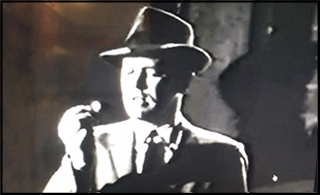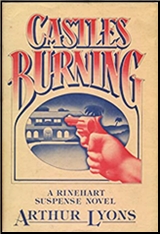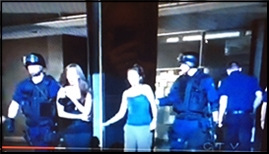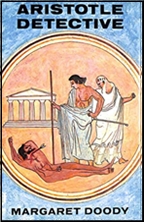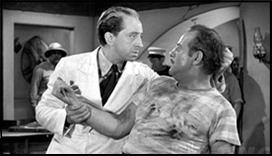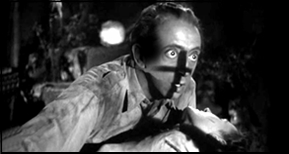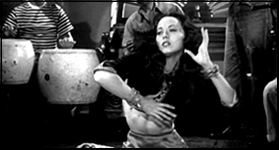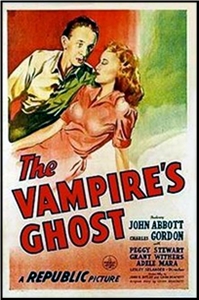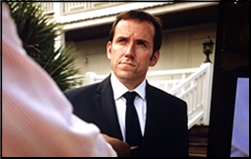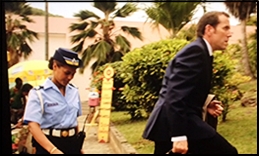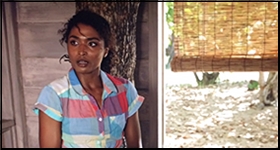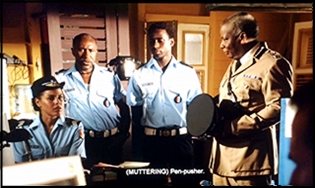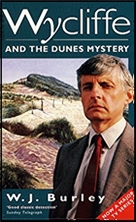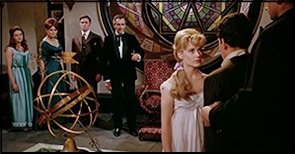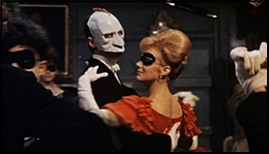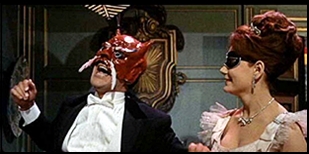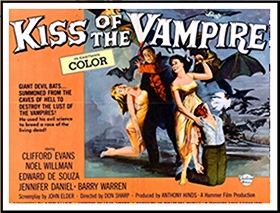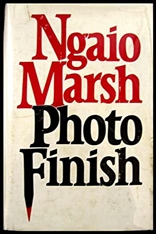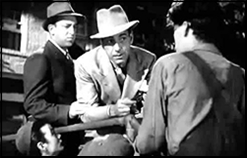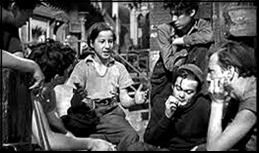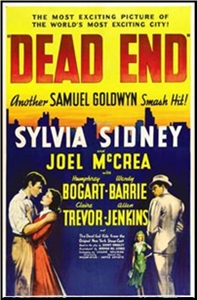Tue 15 Sep 2020
A Private Eye TV Episode Review: RICHARD DIAMOND, PRIVATE DETECTIVE “The Mickey Farmer Case†(1957).
Posted by Steve under Reviews , TV mysteries[7] Comments
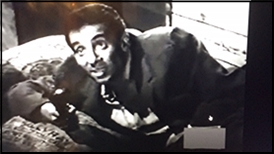
RICHARD DIAMOND, PRIVATE DETECTIVE “The Mickey Farmer Case.†CBS, 30m, 01 July 1957 (Season 1, Episode 1.) David Janssen (Richard Diamond), Regis Toomey (Lt. McGough). Guest cast: Christopher Dark (Mickey Farmer), Virginia Stefan. Screenwriter: Richard Carr, based on characters created by Blake Edwards. Director: Roy Del Ruth. Currently available for viewing on YouTube here.
Richard Diamond appeared first on radio, portrayed by Dick Powell as a suave wisecracking PI for four years on three different networks. When brought to TV, David Janssen took over the role, but at least in this the first episode, he did not have a steady girl friend to whom he sang songs to at the end of each show.
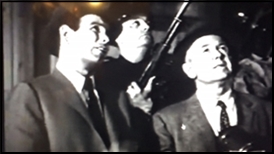
The TV version was done instead in a much more noirish style, with the final scene showing Diamond lighting up a cigarette in a dark alley. Well, I think it was an alley. It was dark out, though, so I may be mistaken.
There was no particular attempt to introduce any of the players in depth in this first episode. It’s obvious that Regis Toomey is playing a tough cop with whom Diamond has a reasonably good relationship with, but that’s doesn’t mean the former doesn’t threaten the latter with losing his license or even doing jail time if he doesn’t stop bending the rules.
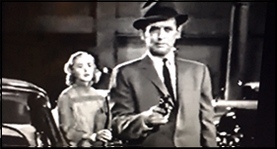
In thirty minutes of playing time, there’s no room to do more than this, or even to create more than a minimal story, one in which Diamond is called in to help diffuse a tense hostage situation. But in doing so, he also ends up promising a dying killer that he’d help protect the latter’s girl friend from the guy’s partner, who has turned rat on him.
This was the beginning of Janssen long and successful career in television. Both personable and handsome, he was an actor who was perfectly made for TV, and it shows even in this very short first step. The series itself was on for three years.
